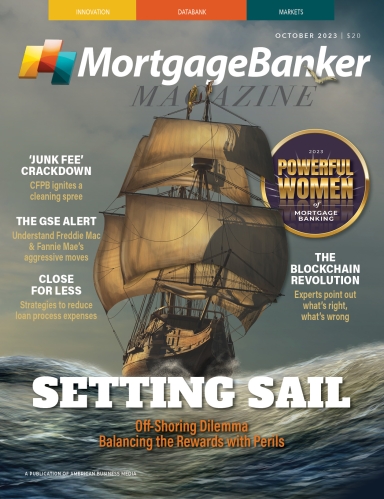Specialized software allows documents to be created, reviewed, signed by multiple parties and stored in a secure, remote network. This translates to an immediate savings of ink, fuel, time, hassles, and money.
“Tech is a line item in a lender’s business, but where we see the value of tech is driving efficiency in terms of how lenders do business,” Maki says. “Even with technology being more and more pervasive every year in the mortgage industry, there remains significant opportunity for efficiency and cost reduction because many of the technologies in the space serve a point purpose. It’s the fragmentation across the different entities and people involved that creates inefficiency.”
Control Over Expenses
But tech isn’t the only place to find savings. People also can find savings on their own.
“There are still going to be costs no matter what you do,” Davidson says. “Every smart mortgage lender has gone in and said, ‘OK, let’s identify what things we can do to help keep costs down.’ We have five things that we call expenses we can control. We’ve identified those, and we talk about them every single month. This is what we spent, this is what we spent last year … that way you’re seeing the savings.”
Small changes can add up over time -- pennies in a jar transforming into dividends.
Among Davidson’s suggestions for controlling expenses is an alternative to ordering Verifications Of Employment (VOE) during the pre-approval. Instead, she says, ask applicants for pay stubs representing each of the last few years to find out what they made, broken down over time. Then at least the official VOE is only an endgame before closing.
Additionally, some companies are employing soft versus hard credit pulls, a cheaper, though limited, option.
“You can’t run automation approvals, etc., but they are cheaper for a glance upfront before you go into the other expenses you need for underwriting,” Davidson says.
While the phrase “a reduction in force” is not one anybody wants to hear, this is a primary way companies cut costs during hard times.
When staff positions are eliminated, appropriate delegating of resources and staff can mean the difference between stamina and shutdown.
“A lot of companies are sharing processors between branches,” Davidson says. “Maybe one branch had to do a force reduction and a different branch has the capacity to handle another 15 files. They can pay a fee per loan versus hiring someone else.”












